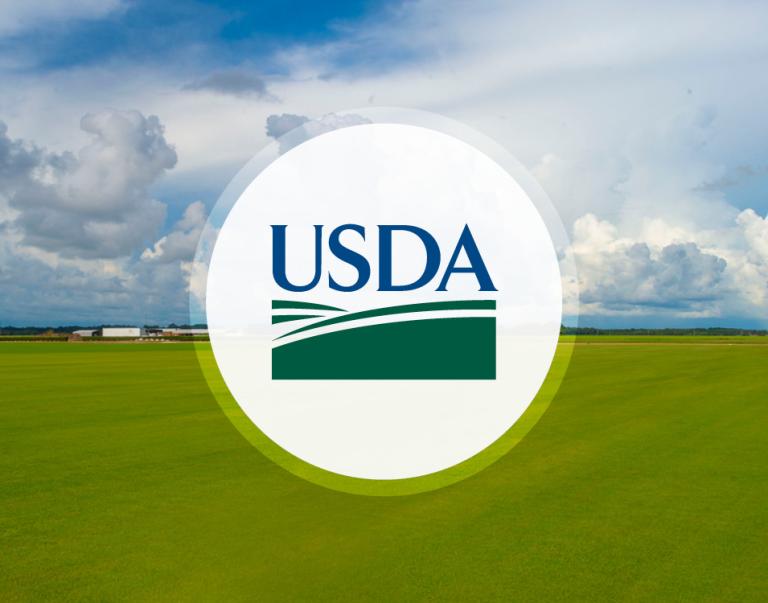Trending News and Updates
Blog

USDA and all other federal agencies are mandated by FISMA to implement information security protections that are commensurate with the risk posed to their information and systems.
Blog

Temperatures are rising, and so are requests for time off! Reports show that more Americans — 53% in 2025, up from 48% in 2024 — are planning to travel this summer.

